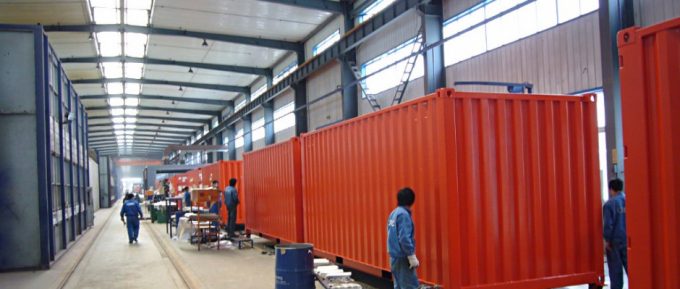Singamas looks to container leasing as box sales decline
Singamas, the world’s fourth-largest container manufacturer, is to target more revenue from leasing, rather than ...

Prices of new containers dropped dramatically last year, forcing major box manufacturers to issue recent profit warnings to investors.
In separate announcements to the Hong Kong Stock Exchange, the two largest manufacturers, China International Marine Containers (CIMC) and Singamas, warned investors that low demand for new boxes, combined with oversupply of equipment, had forced then to reassess their financial performance for the past year.
Singamas now expects a US$95m loss for 2019, compared with a $72m profit in 2018.
“With a soft demand in new container and an intense competition in the market, the average selling price of a 20ft dry freight container dropped substantially compared with the preceding year, which affected the performance of the group,” it said.
CIMC said its container sales and revenue had declined and expected its full-year profit to decline from the $487m posted in 2018 to between $187m and $250m – representing a drop of 47%-62%.
According to liner analyst Drewry, prices of new 40ft boxes fell 6% during the final quarter of last year, by 13% over the full year and by 27% since their last peak, in 2017.
This had resulted in container manufacturers experiencing “negative margins reaching as high as 6% by the end of 2019”, and warned any possible recovery this year would be unlikely to fully alleviate manufacturers’ problems”.
Drewry said: “Pricing is expected to stabilise through 2020 as demand for new container equipment recovers, but this is not anticipated to be sufficient to lead too much of a recovery. Hence, Drewry expects further cost cutting and possible closure of older production facilities with more consolidation to come.”
However, it added: “Drewry expects container output to recover in 2020, triggered by increasing replacement requirements and some owners investing in new equipment to expand their fleets.”
It also noted that the pricing malaise had extended to the reefer sector, hitherto far more resistant to price fluctuations. Reefer prices have fallen 6% since their high at the end of 2017. And this came despite a decline in annual production levels.
“Reefer equipment production showed year-on-year gains in the quarter, but annual output did not match the previous year’s,” Drewry said.
Comment on this article